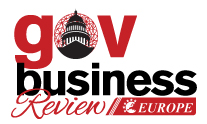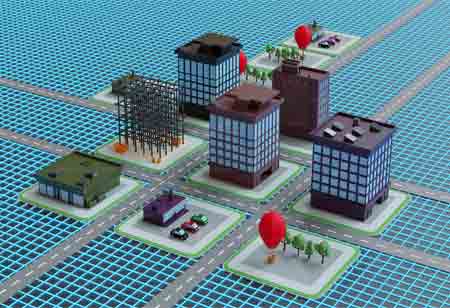Thank you for Subscribing to Gov Business Review Weekly Brief
Overview of the Upcoming Public Transit System
Several trends in public transit have emerged aimed at lowering the carbon footprint, expanding transportation options, and automating procedures.

By
Gov Business Review | Monday, March 31, 2025
Stay ahead of the industry with exclusive feature stories on the top companies, expert insights and the latest news delivered straight to your inbox. Subscribe today.
Several trends in public transit have emerged aimed at lowering the carbon footprint, expanding transportation options, and automating procedures.
Fremont, CA: Public transportation has shown remarkable resilience despite the challenges, including decreased ridership caused by remote work and budget cuts. It's important to note that public transportation encompasses much more than just trains and buses. Transit agencies have found various innovative ways to adapt and improve their services.
Automation of Fare Collection
In recent decades, transit agencies have evolved from paper/card fare collecting to more automated fee payment. The pandemic also changed the pace of developing contactless payment alternatives. More transit agencies will apply for mobile ticketing. Most of these seek solutions that require passengers to download an application on their smartphone.
Public Transport Decarbonization
Environmental concerns have propelled public transport operators to consider strategies to reduce carbon emissions. Funding provided under the Bipartisan Infrastructure Law would make that possible. The funding focused on promoting sustainable transportation. Multiple transit agencies can use it to phase out greenhouse gas emissions and use renewable energy sources.
Micro-mobility
Micromobility refers to lightweight modes of transport like bicycles or scooters that can be rented through a self-service rental scheme and used in a town or city. Among other multimodal options, it has been readily available in large cities for some time but is also increasing in smaller communities. Micromobility also saves the environment by providing extra means of transport that do not emit greenhouse gas emissions.
Microtransit
Another trend that is increasing in popularity is on-demand bus service. Microtransit may have a very elastic route, taking the form of buses, shuttles, or vans and possessing a delivery type of service on demand or fixed schedule. This is no new craze; as long ago as the 1910s, even its form was found-jitney transportation, which is very close to being akin to the current micro transit.
Various transportation agencies are piloting microtransit to discover how it works.
Fare-Free Transit
Public transportation must improve its response to the significant decline in ridership caused by the shift to remote work. In many cases, transit systems temporarily offered free fares, and those who noticed an uptick in traffic wisely decided to maintain this strategy indefinitely.
Kansas City, Missouri, proudly became the first city in the United States to ensure public transportation is accessible to all its citizens. Likewise, the DASH bus service in Alexandria, Virginia, now offers free rides and is determined to encourage widespread usage of this valuable service.
These trends may favor the regeneration of public transport after several losses it has incurred previously. The money supports the renovation of transit fleet cars, which is good for the environment. The latest technological development favors public transport in reducing congestion, waiting time, and even delay moments.
More in News






